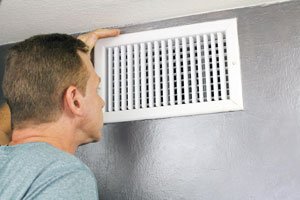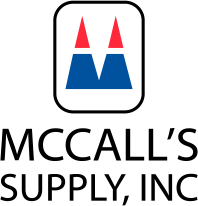Supply and Return Vents: What’s the Difference?


General HVAC service questions often revolve around return and supply vents.
One of the more common general HVAC service questions professionals get has to do with supply and return vents. Sometimes people ask if it’s okay to close or block one of these vents, or if doing so will provide a benefit like more energy efficiency. But answering these questions requires the answering of a more basic question, such as how supply and return vents differ from each other.
What Are Supply and Return Vents?
Supply vents are vents in the HVAC system that supply air to a room or area inside a building. When you run the heater, you get warm air out of a supply vent. When you run the air conditioner, you get cool air from a supply vent.
A return vent sucks in, or returns, the air back to the HVAC ductwork system. Many HVAC systems do not get their air from the outside. Instead, they get them from the inside the building through a return vent.
How Are Supply and Return Vents Different?
The biggest difference between supply and return vents is the direction in which the air flows. In a supply vent, the air flows out of the ductwork. In a return vent, the air flows into the ductwork.
A second difference is the size of the vents. In most situations, the return vent will be much larger than the supply vent. This is because there are far more supply vents in an HVAC system than there are return vents.
Finally, another major difference is that return vents typically have filters behind them. This is to prevent dust, dirt and other contaminants from hurting the HVAC system. The air filter catches these contaminants before they make it to the HVAC’s air handler and cause damage.
To ask additional general HVAC service questions, feel free to contact our team at McCall’s Supply, Inc. whenever you have a free moment.


